Caesars Palace Grand Prix
Las Vegas, Organized Crime and the Pinnacle of Motorsport
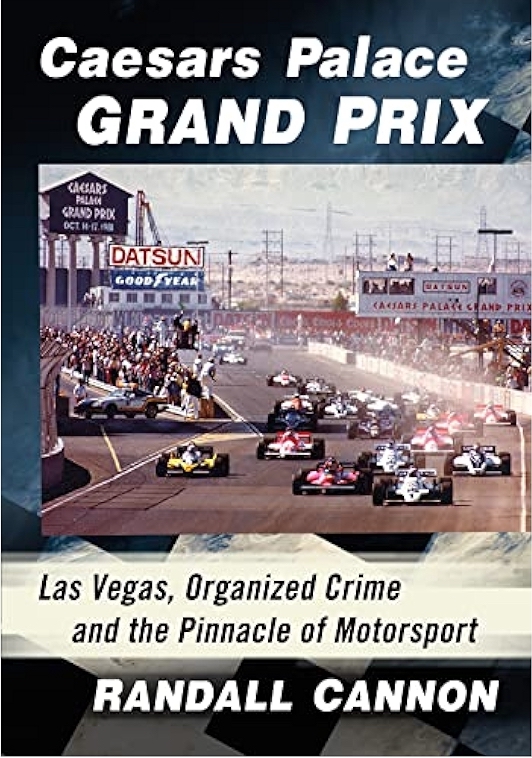 by Randall Cannon
by Randall Cannon
Formula 1 is returning to Las Vegas in 2023. Surely this time it’ll go better . . .
After the initial look-through utilizing the time-tested Scholarly Scan Technique one learns in graduate school in order to cope with massive reading assignments I reviewed my notes—and went back in for a closer look. This book is the second time Cannon explores a tale involving Las Vegas, organized crime, and motorsport. He first opened that door in 2018, with Stardust International Raceway: Motorsports Meets the Mob in Las Vegas, 1965–1971. That book had seemingly come out of the blue, taking on a topic that hadn’t so much been overlooked as simply been so obscure that few would have even known it existed. Kudos for Cannon for thinking outside the box.
As an aside, it was the sort of book that could just as easily fit into the True Crime section as the Motorsport section. The same is true for the new book.
The Caesar Palace Grand Prix . . .
-Yes, the one held in a casino parking lot.
-The one that was part of the 1981 world championship.
-The one that was also part of the 1982 world championship.
-The one that then hosted two events in the CART championship in 1983 and 1984.
-Yes, that very one.
Having read the book a second time I was still left with something I could not quite put my finger on that bothered me. Perhaps it was the thought that the racing part of the story (how the GP here started in the first place and how it ended up hosting the final round of the 1981 world championship, no less) was complicated, too complicated on its own, even without the Mob angle that makes up such an integral part of Cannon’s book.
Or, conversely, that the True Crime element of the Caesars Palace saga could stand alone as its own great story, relegating the motorsport part to a peripheral element. Or, perhaps, it was the sense of whiplash I experienced by the story bouncing back and forth between the two. Or, and very much a no-no for a book reviewer, I couldn’t help thinking of the book this one could have/should have been and not the one it is. At any rate, there was definitely something that I was either not getting or that I was overthinking; often it is an accumulation of minor niggles that results in such fog. Besides, the elements that Cannon strings together are plenty complicated—but what if the reality behind it all is even more mind bogglingly messy? A good editor might have helped!
Cannon is nothing if not ambitious with Caesars Palace Grand Prix, tossing out dots all over the place and then attempting to connect them, sometimes stretching or belaboring them needlessly. Example: a conclave of Organized Crime figures meets in Apalachin, New York, in November 1957 (by the way, it is pronounced “apple-chin”). It is 50 miles from Watkins Glen. Cannon finds multiple ways of repeating that point: they are 50 miles apart. All right already.
When the dots do connect, they often cause the “AHA!” light to come on. They also reveal some of the sausage-making aspects in the background to motorsport that too often are ignored or simply wished way. It is unfortunate that too few people are interested in understanding the infrastructure of motorsport past or present. Not to mention that there still seems to be a problem with confusing nostalgia and history. But, I digress . . .
The saga that Cannon relates meanders from places such as Las Vegas, Watkins Glen, Apalachin, Atlanta, Miami, Cuba, Chicago, Terre Haute, London, Ontario, Long Beach, Wall Street, and New Jersey to mention just some. You’d best keep notes, also about the plethora of people: Vincent “Jimmy Blue Eyes” Alo, Joseph (Giuseppe Maria) Barbara, Moe Dalitz, Allan Dorfman, Bernard Charles Ecclestone, Kirk Kerkorian, Meyer Lansky, Calvin and Irving Kovens, Clifford and Stuart Perlman, Anthony “Fat Tony” Salerno.
The True Crime stuff is rather fascinating and interesting all on its own. It’s not every day that one finds FBI files in the Bibliography of a motorsport book. Nor is it common to be treated to actual footnotes!
I have skirted around making any comments regarding the quality of the motorsport aspects of the book. To his credit, Cannon was wise enough to consult the International Motor Racing Research Center (IMRRC) in Watkins Glen (disclosure: I am on the IMRRC Historians’ Council). The Acknowledgements certainly indicate that he expended a significant effort to research this book. That said, among the things that probably bothered me most are such easy to avoid missteps, as well as certain omissions. Such as . . .
In 1946, the Association Internationale des Automobile Clubs Reconnus (AIACR) met and, among other things, changed its name to the Fédération Internationale l’Automobile (FIA). The following year, at one of its meetings the Commission Sportive Internationale (CSI) replaced the Formule Internationale with the Formule de Course Internationale No. 1 (F1) and added the Formule de Course Internationale No. 2 as well, the latter being a formal recognition of the former prewar Voiturette class. The new formulae were to be officially implemented in 1948, but given the general situation in 1947 they were in place as the de facto formulae that year. Meeting in the Fall of 1949, the CSI created the Championnat du Monde des Conducteurs with its inaugural season to be 1950. Interestingly, the world champion regulations did not stipulate that the events had to be run using the —separate—technical regulations of the Formule de Course Internationale No. 1, only that they should be considered the Grand Épreuve (Great Test) of the host nation, hence the inclusion of the annual 500 mile race at Indianapolis from 1950 to 1960. Only beginning with the 1961 season did the world championship regulations require that F1 be used for the events counting towards the championship.
In April 1980, at the direction of the Fédération Internationale du Sport Automobile (FISA), which replaced the CSI in 1978, the FIA officially terminated the existing Championnat du Monde des Conducteurs effective the end of that season. Beginning with the 1981 season, it would be replaced by the FIA Formula 1 World Championship. Unlike the previous championship the new one was owned—specially the commercial interests—by the FIA, and the formerly separate technical and sporting regulations were now combined into a single set of rules. This was a direct reaction by the FIA to the issues that the FISA and the Formula One Constructors’ Association (FOCA) were clashing over during the FIASCO (FISA-FOCA) War.
As an aside, the FOCA was formed in early 1964 as a means for its members to negotiate starting monies and travel costs with the organizers of events. It was a combination travel office and lobbying organization, in other words. Not all teams were members, for instance, the British Racing Partnership (BRP) being refused membership and Ferrari not interested in membership.
Okay, that is enough, I suppose, although I wonder how the 1948 Watkins Glen Grand Prix became the “American Grand Prix.” Just asking . . .
Should Caesars Palace Grand Prix be on your bookshelf? Absolutely! I seriously doubt that other writers will have anything close to the moxie Cannon had to tackle a story like this anytime soon.
Having dissected my own reaction to the book while writing this review I think I know what bothers me: there are more dots that have yet to be connected. The story is bigger.
Copyright 2021, Don Capps (speedreaders.info).


 RSS Feed - Comments
RSS Feed - Comments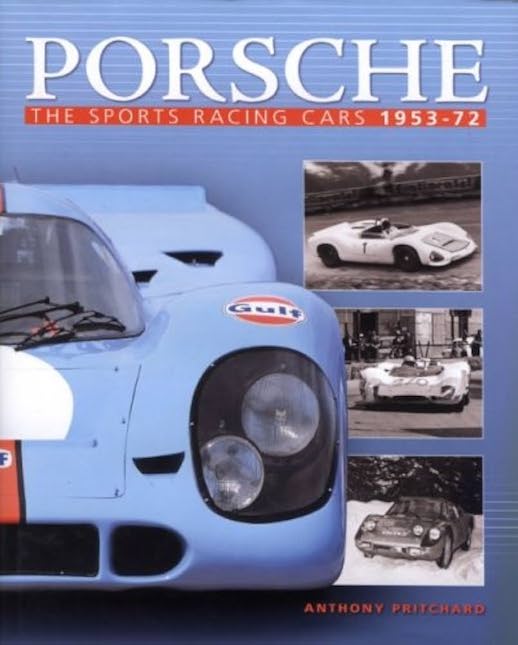

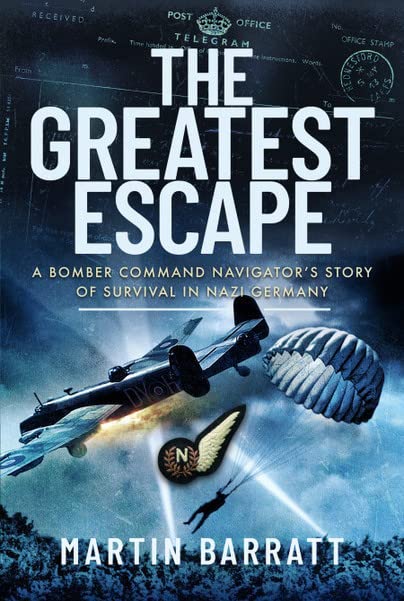
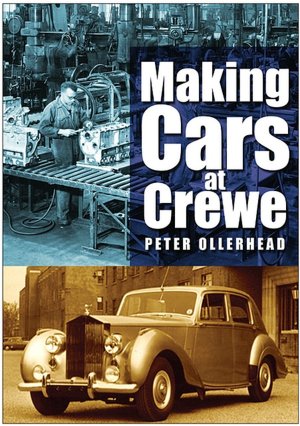
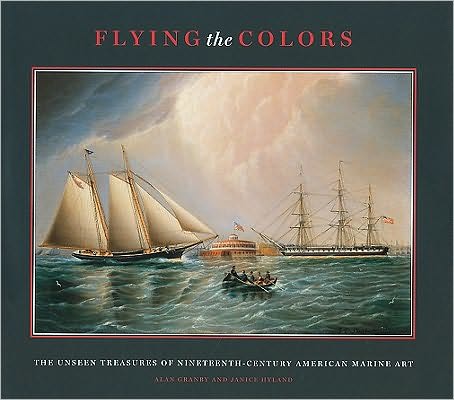
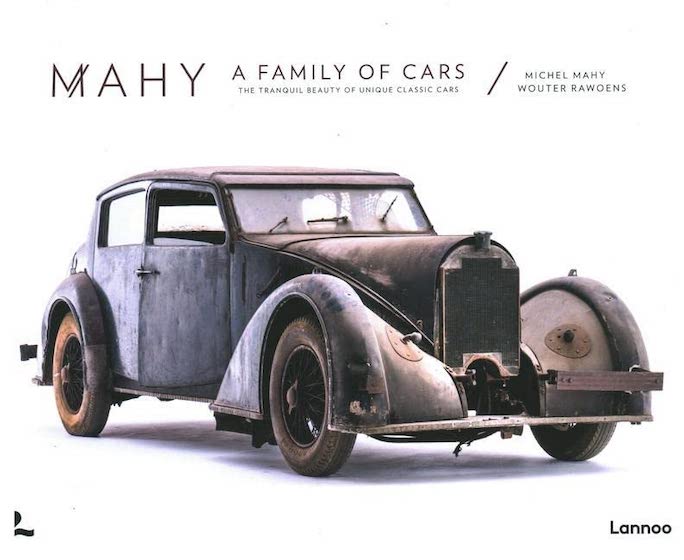
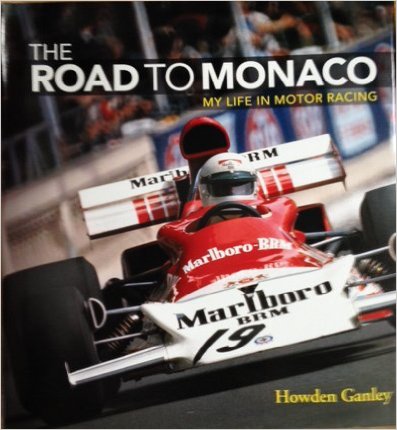
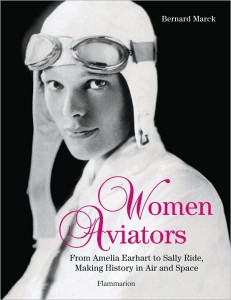
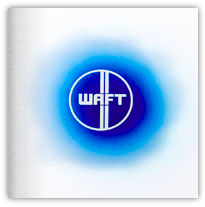
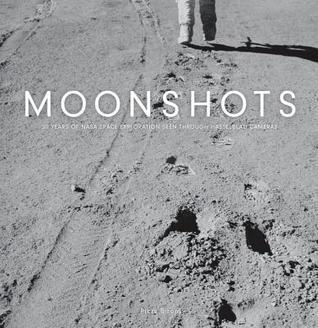
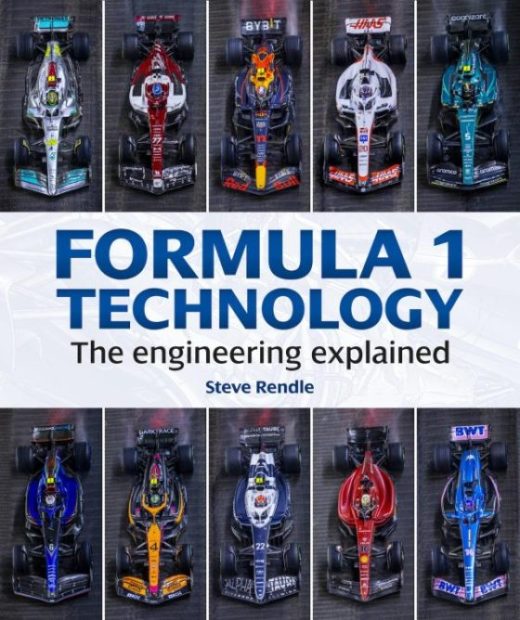
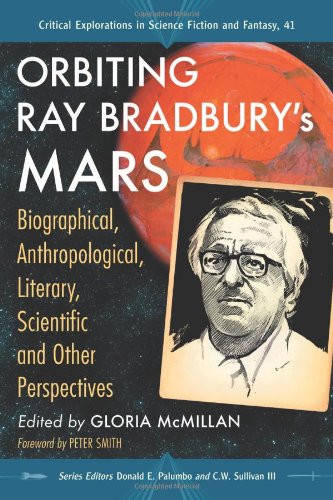
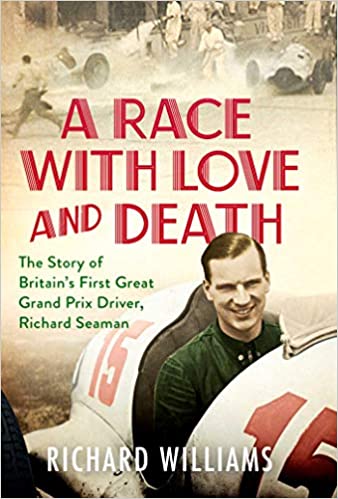
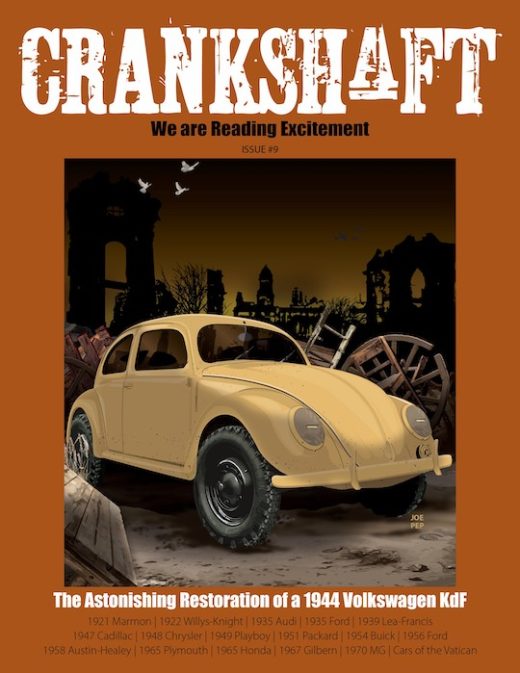
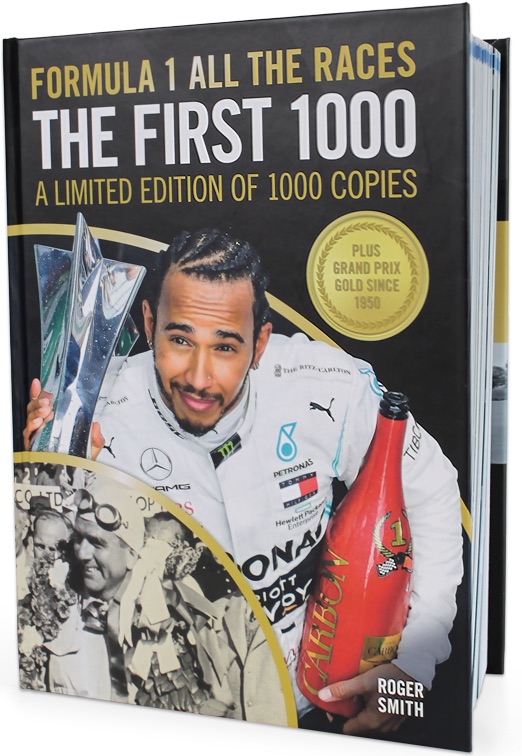


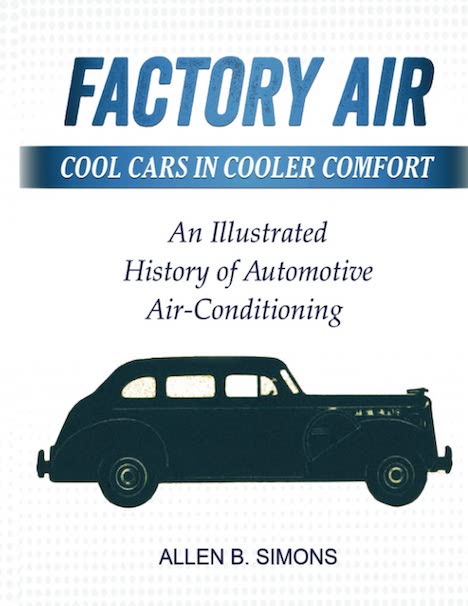
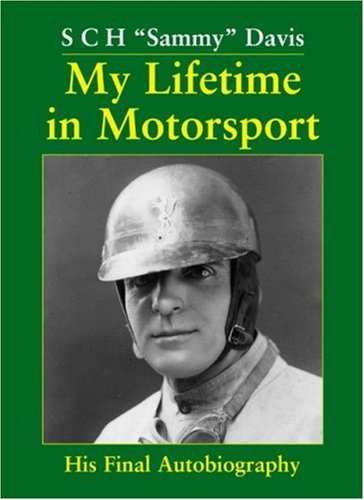
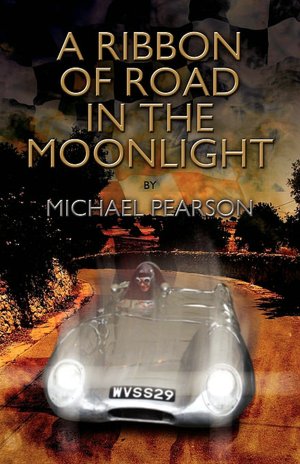
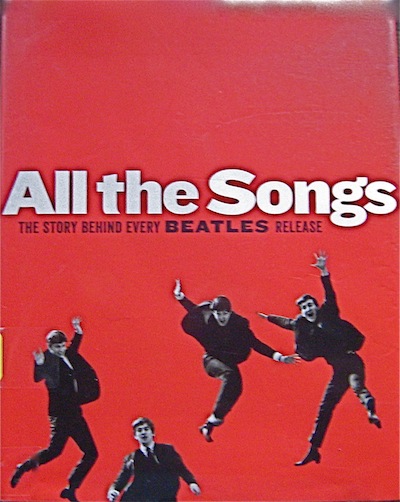
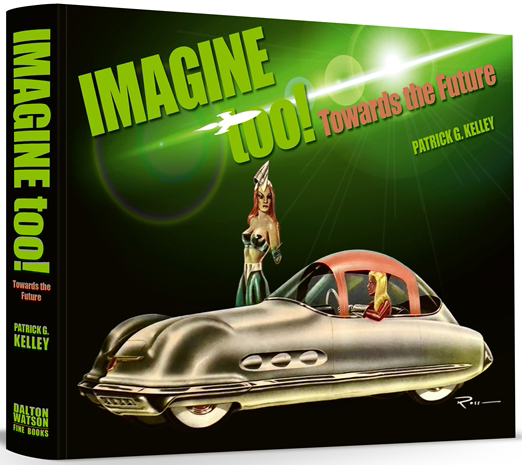
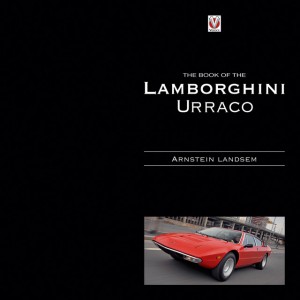
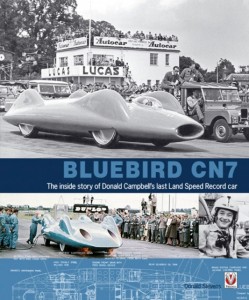
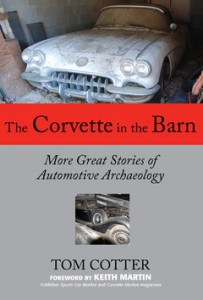
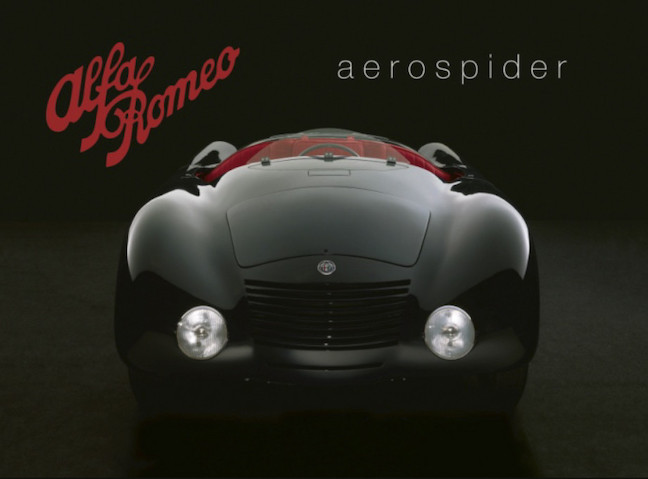

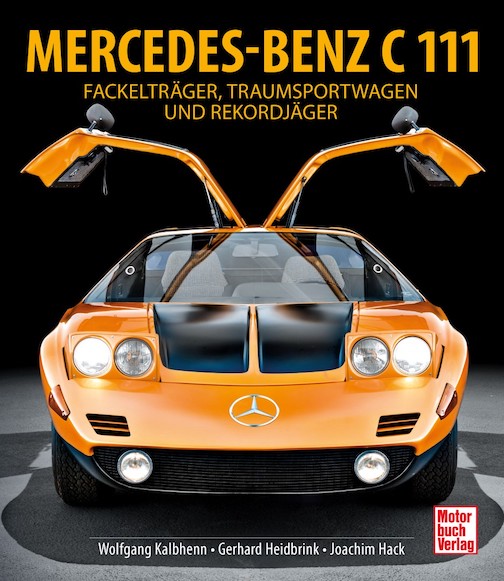
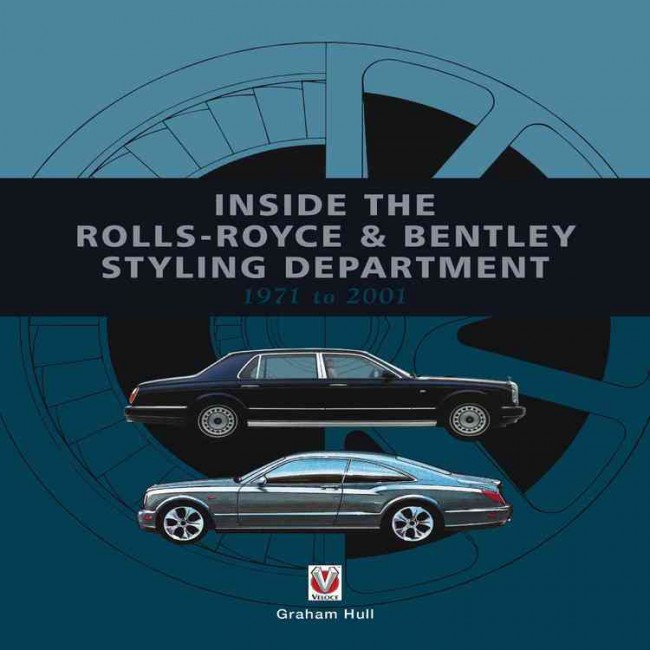
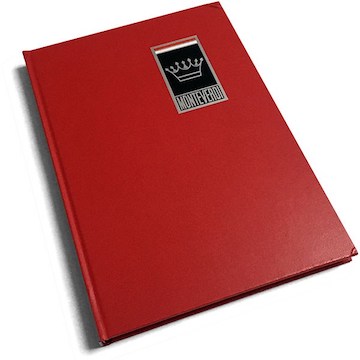
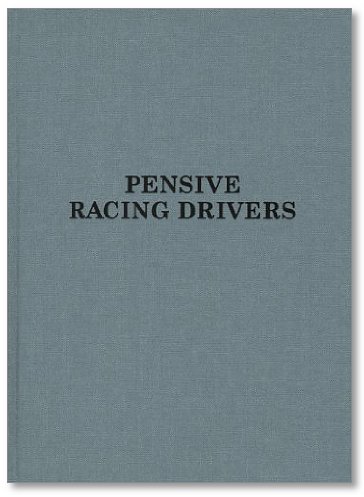

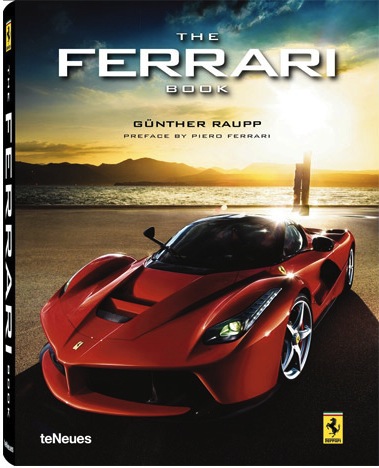
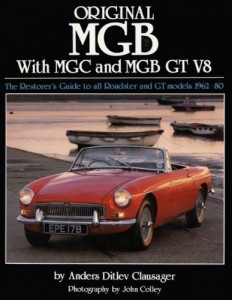
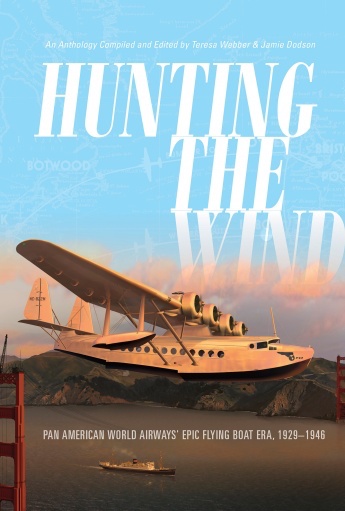

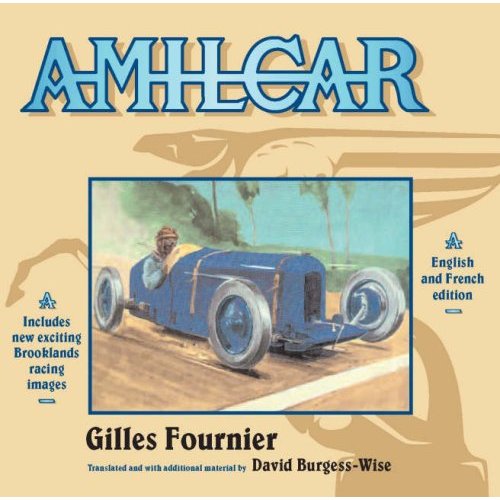
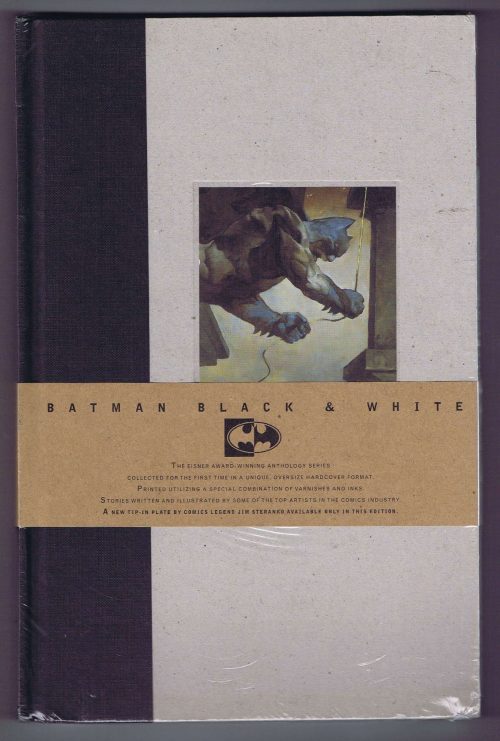
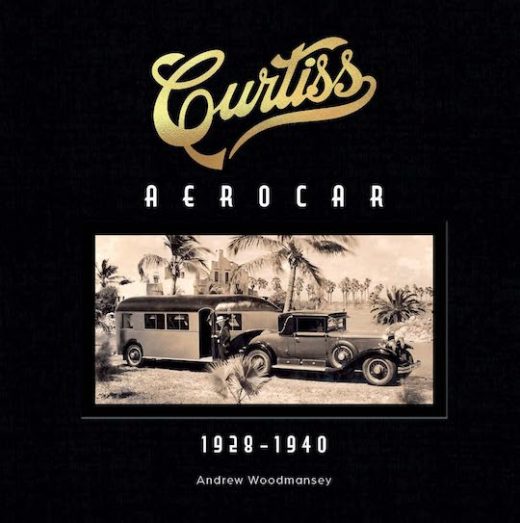
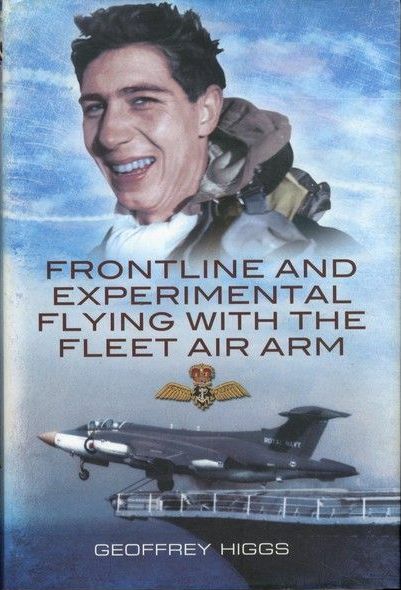
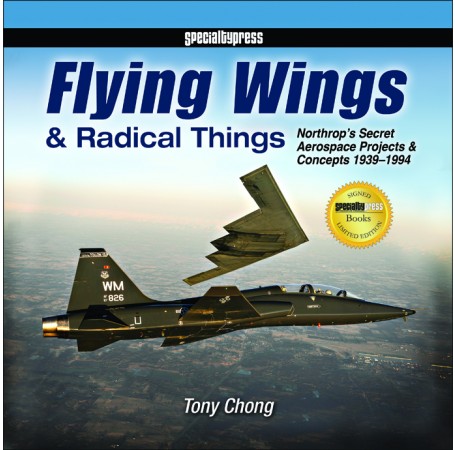
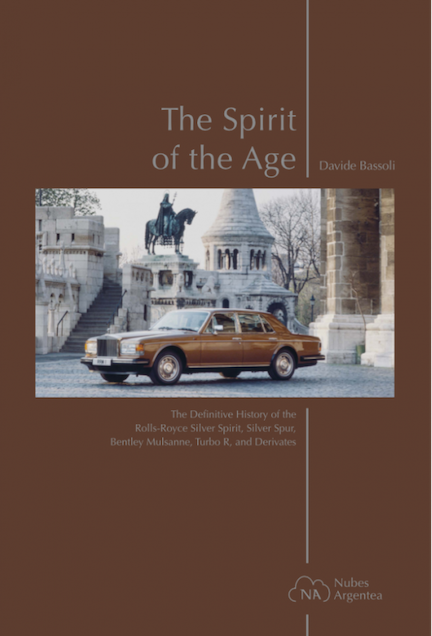
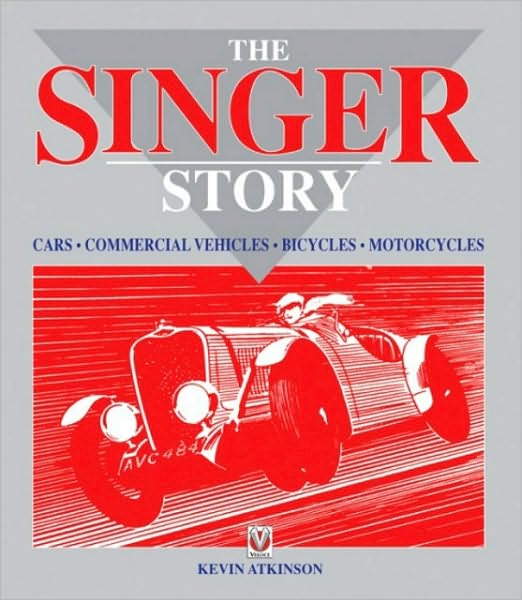
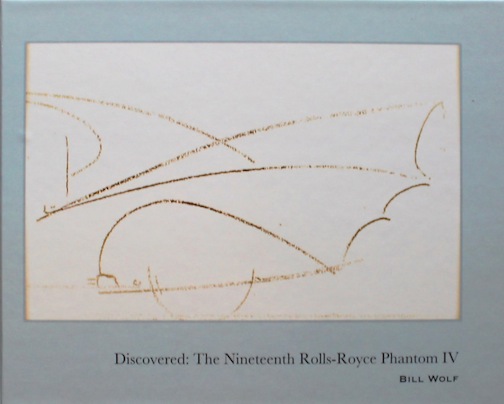

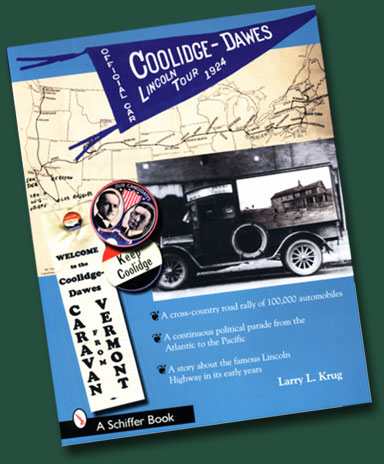
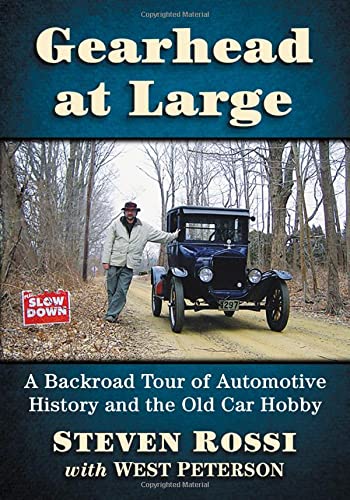

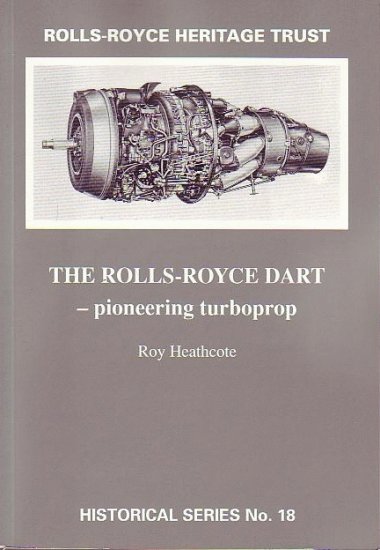
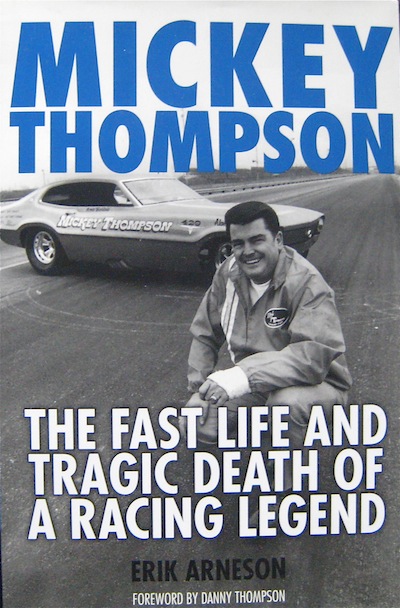
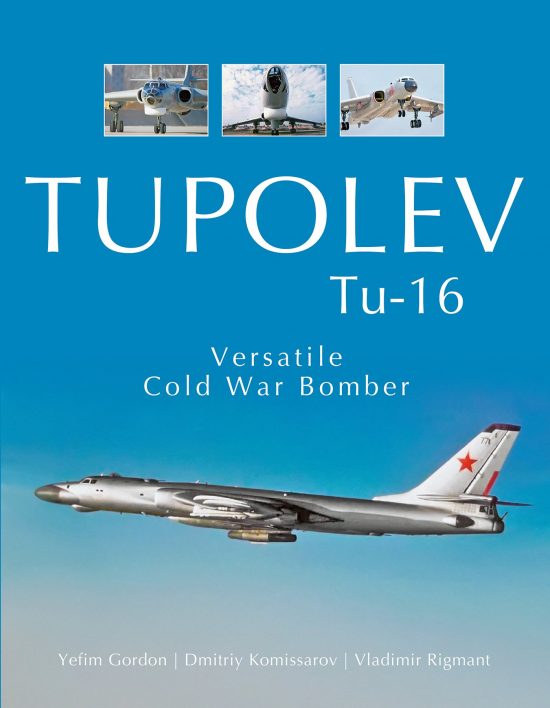
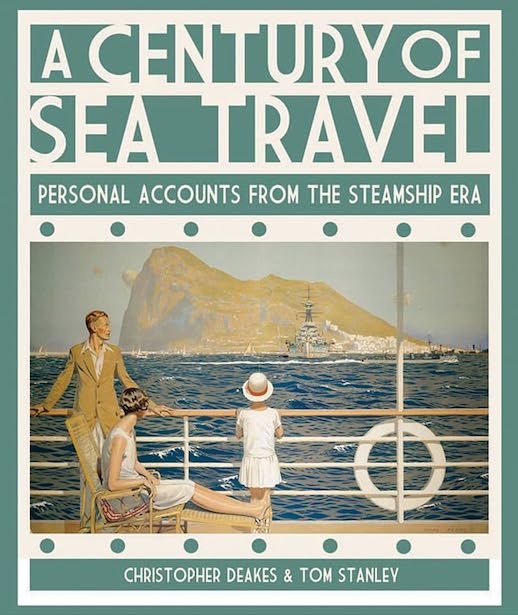
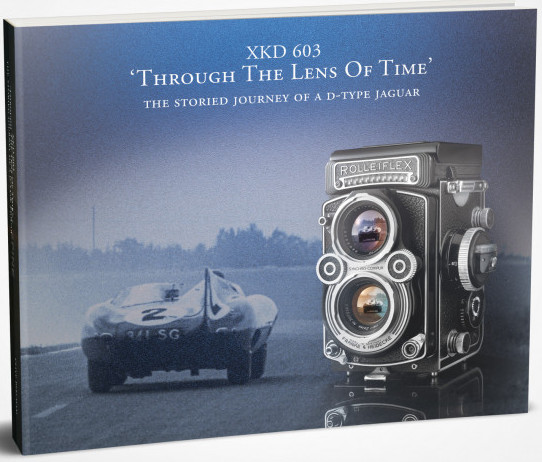
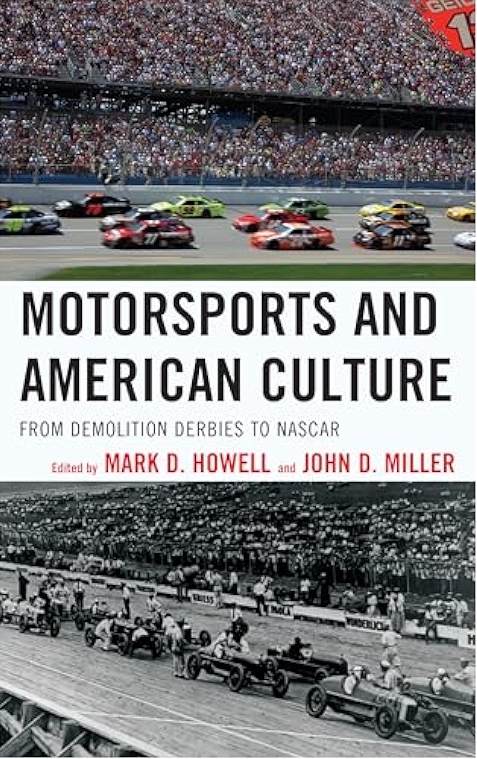
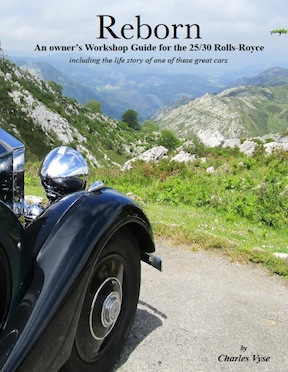
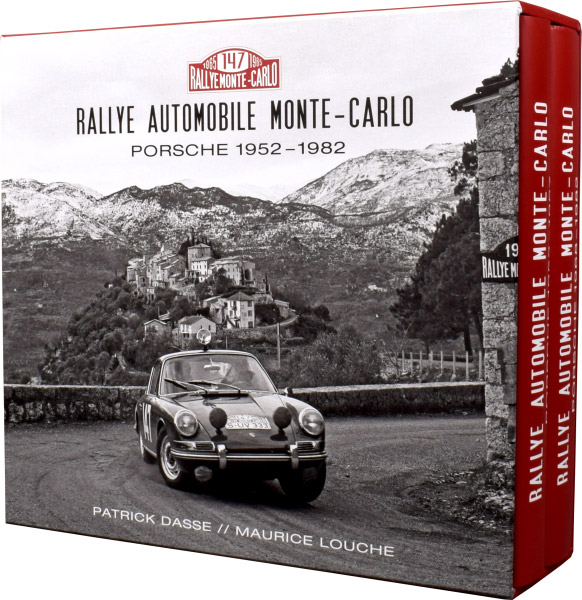
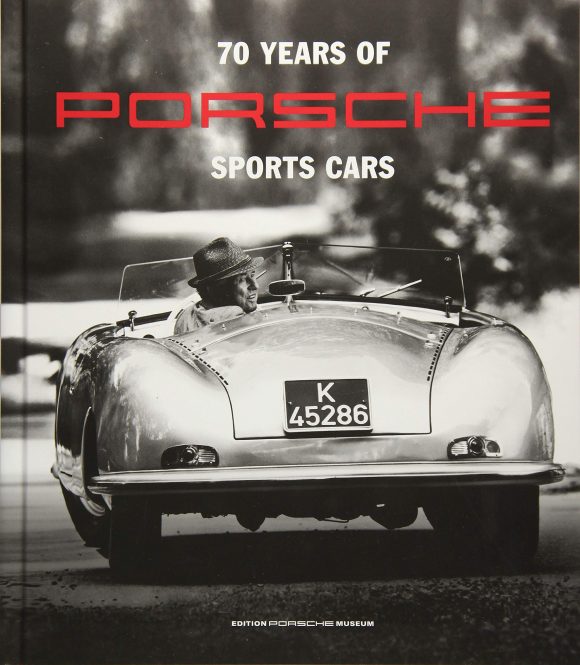
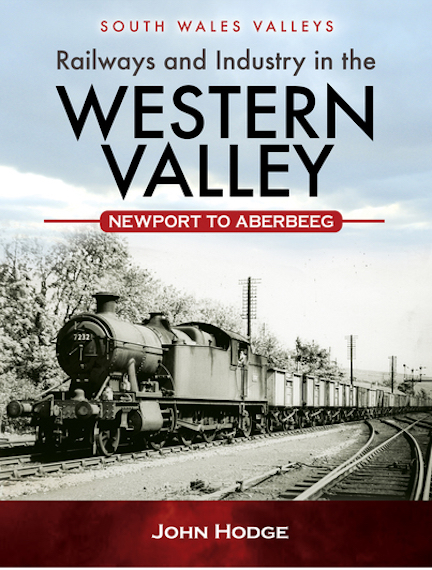
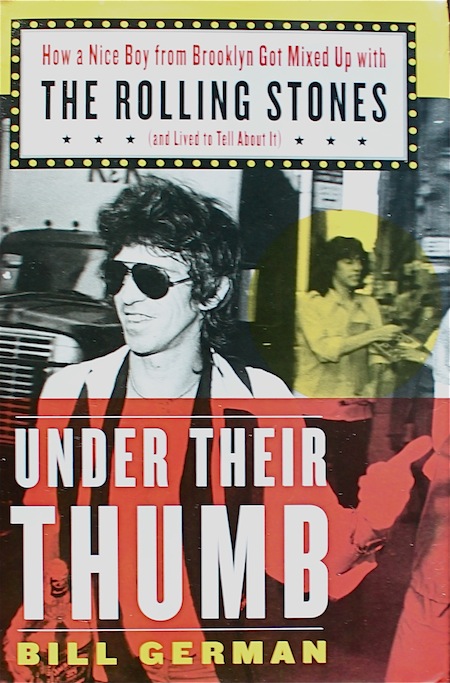
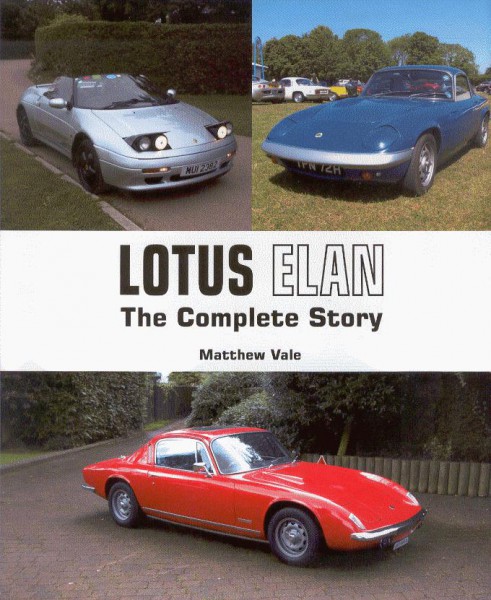
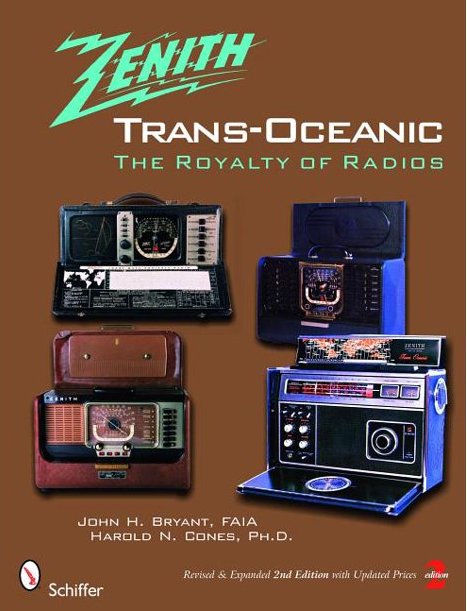
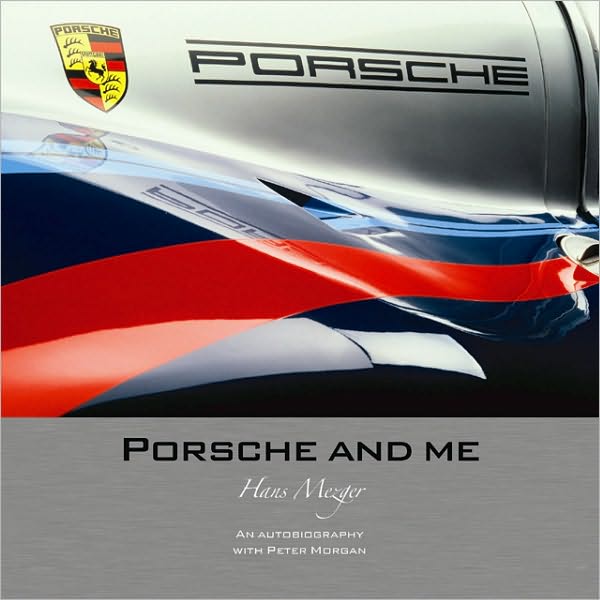

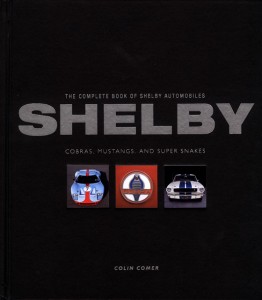

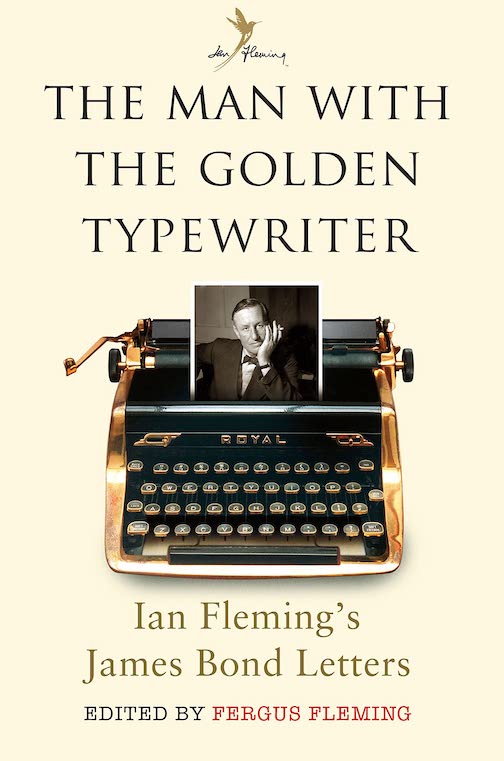
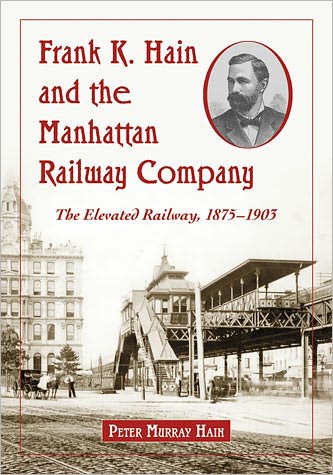

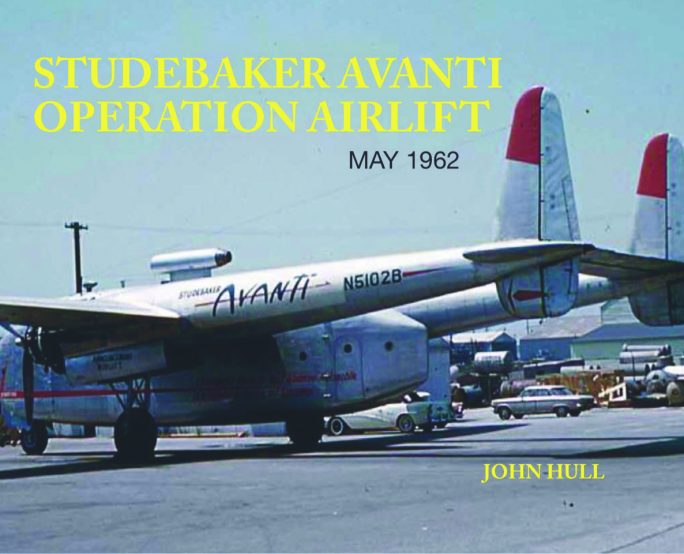
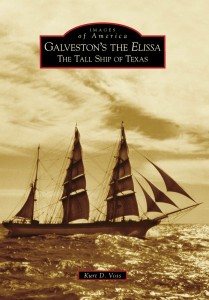

 Phone / Mail / Email
Phone / Mail / Email RSS Feed
RSS Feed Facebook
Facebook Twitter
Twitter
Dateline: Watkins Glen, NY – (UP) June 26, 1948
“European style auto races across open country roads will make their debut here at the first American Grand Prix, Oct. 2 and 3.”
My problem with the book is that it really never connects any of the dots. It’s all based on coincidental locations and times of events in motorsport and mafia activities, without any real evidence of conspiracies. Just because Bernie gambled in London casinos infiltrated by the mafia is not proof for me that they conspired. Just because Sebring is in Florida does not mean it was associated with exiled Cuban mafia gamblers in Miami. If you are going to make these claims, show us the beef. Insinuations are not enough.
Oh, and there are some motorsport howlers. Did you know that Jackie Stewart retired after his second championship?